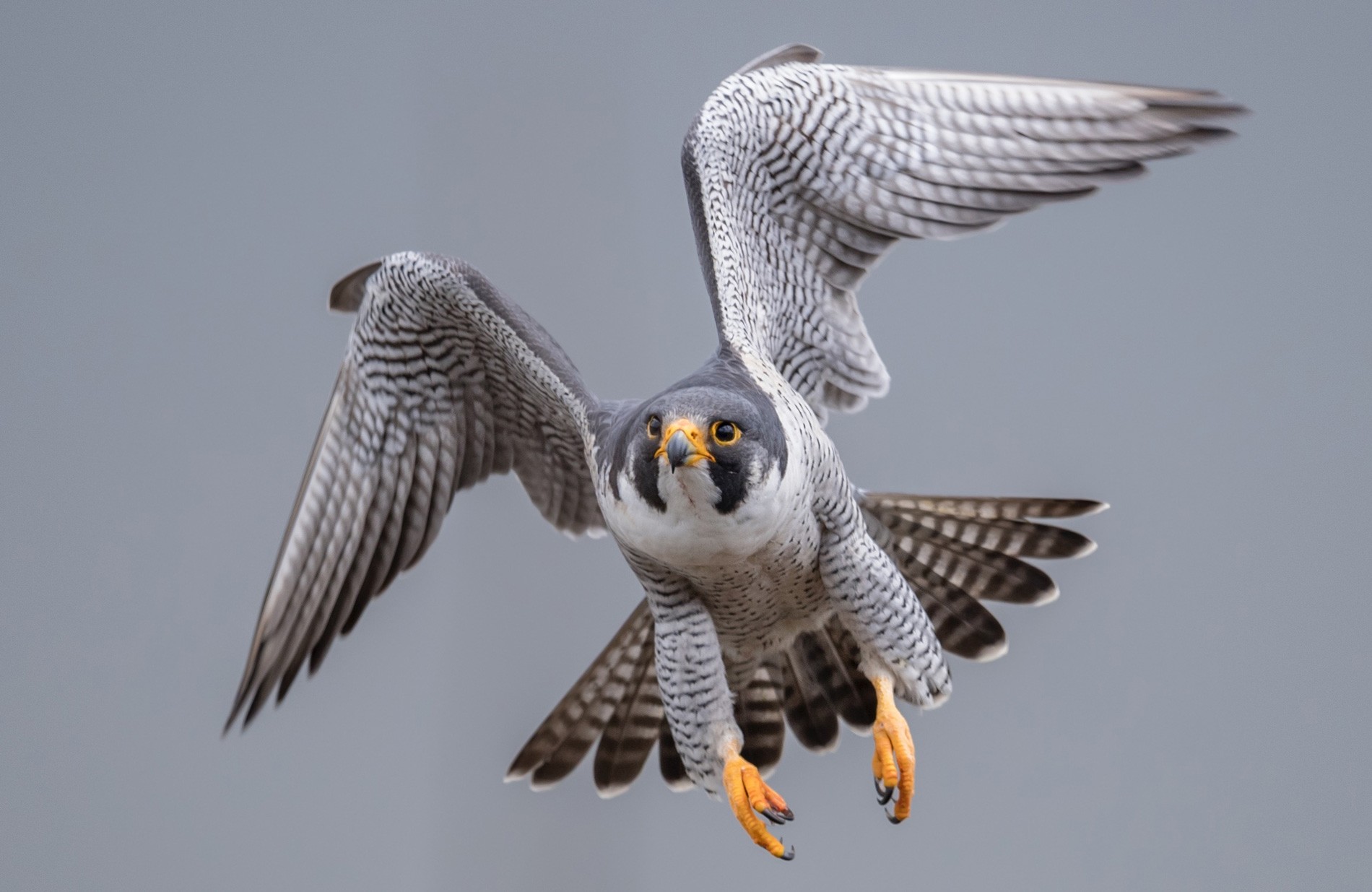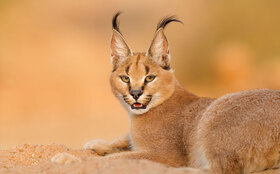Description
Our satellite tracking of migratory Peregrine Falcons from their breeding grounds across Arctic Russia revealed the connections between breeding and wintering regions, providing information on migration pathways, migratory behaviour and the diversity of habitats utilised during winter. Overseen by EAD and implemented through our award-winning Abu Dhabi Falcon Hospital, the Sheikh Zayed Falcon Release Programme undertakes ongoing ambitious research to better understand the migratory patterns and breeding habits of Peregrine Falcons. Honouring Sheikh Zayed’s legacy, the programme has released over 1,900 falcons into their distribution range across central Kazakhstan, Pakistan, Iran and Kyrgyzstan, and that number increases every year.



